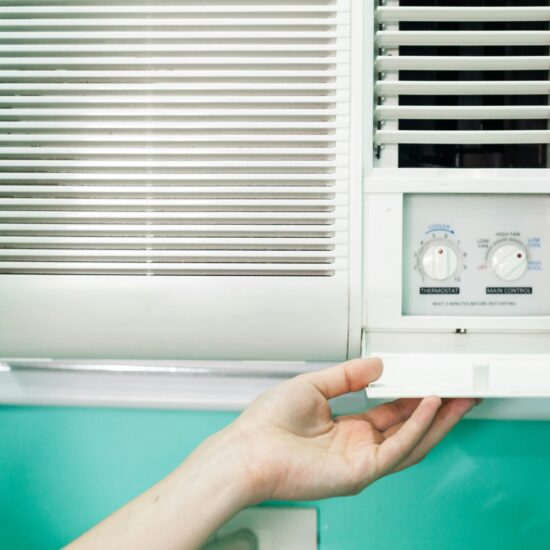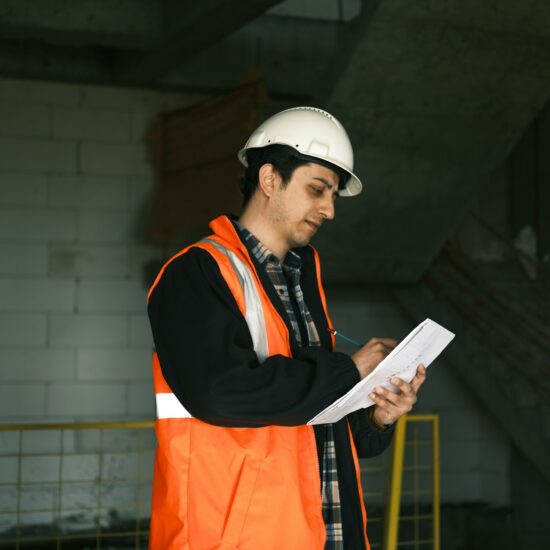Retrofitting your home with a new furnace can significantly enhance the energy efficiency of your HVAC system. Integrating a smart thermostat with your furnace optimizes heating performance while reducing energy consumption. This integration is essential for homeowners looking to meet decarbonization goals by minimizing reliance on fossil fuels.
We offer tailored heating and cooling solutions for both residential and commercial projects. Our expert services ensure that your retrofitting project aligns with modern energy standards and maximizes comfort. Whether you’re incorporating a heat pump or upgrading ductwork, their team provides comprehensive support.
Choosing the right furnace is crucial for achieving long-term energy savings and environmental benefits. Affordable HVAC’s experience in HVAC retrofit projects ensures that your heating system is both efficient and sustainable. By prioritizing energy efficiency in your retrofitting efforts, you contribute to broader environmental goals while improving your home’s comfort and value.
Evaluating Home Heating Needs
Properly evaluating home heating needs requires an understanding of the specific demands of your household and choosing the right heating solution based on those requirements. This includes analyzing heat loads, considering building science principles, and deciding between heat pumps and traditional furnaces.
Understanding Heat Loads and Building Science
Assessing the heat load of your home is crucial in selecting an appropriately sized heating system. Heat loads refer to the amount of heating required to maintain a comfortable indoor temperature. Variables such as insulation, the building envelope, and windows and doors impact heat loss and gain. Poorly insulated homes or those with older windows may have higher heat loads.
Building science principles help in understanding how heat moves through your home. Factors like thermal bridging and airtightness affect energy consumption. By reducing heat loss through proper insulation and sealing gaps in the building envelope, energy efficiency is increased, lowering operational costs. Following building science best practices ensures that your heating system performs optimally and provides consistent comfort.
Choosing Between Heat Pumps and Traditional Furnaces
When selecting a heating system, you must decide between a heat pump and a traditional fossil fuel furnace. Heat pumps are highly efficient, as they transfer heat rather than generate it, leading to lower energy consumption. They work well in mild climates and can provide both heating and cooling. For colder regions, look into high-efficiency models designed for low-temperature operation.
Traditional furnaces, particularly high-efficiency ones, are robust and reliable, making them ideal for regions with harsh winters. They operate by burning natural gas, oil, or propane and can provide consistent heat output. Evaluate your local climate, energy costs, and building’s insulation levels when choosing between these options.
Installation Considerations for Retrofitting
Retrofitting involves careful selection of HVAC systems, addressing ductwork and ventilation challenges, and ensuring optimal performance of air handlers. Each aspect significantly influences the efficiency and reliability of the retrofitted heating system.
Selecting the Right HVAC Systems
Choosing the appropriate HVAC system is crucial for retrofit projects. Modern cold-climate heat pumps offer enhanced energy efficiency and can replace traditional furnaces in regions with harsh winters. You may also consider ductless minisplits, which provide design flexibility and can be suitable for homes without existing ductwork.
Evaluate the compatibility of the chosen system with existing infrastructure. Ensure it meets efficiency and performance standards. Forced-air systems remain popular for their effectiveness in distributing warm air uniformly.
Ductwork and Ventilation Challenges
Ductwork and ventilation present unique challenges in retrofit projects. Existing ducts may need resizing or replacement to accommodate new HVAC systems. Ensuring proper sealing and insulation of ducts enhances system efficiency and indoor air quality.
Older homes often lack adequate ventilation, leading to poor air quality. Modern ventilation solutions can be integrated to improve airflow. Keep in mind that improper ductwork can result in energy loss, so thorough inspection and rework might be necessary.
The Role of Air Handlers and Sealing
Air handlers play a key role in the performance of your HVAC system. They circulate air through the ductwork and ensure efficient heating. When retrofitting, selecting a compatible air handler is essential for seamless integration.
Proper sealing of the air handler and duct connections prevents air leaks. This improves heating efficiency and ensures that the indoor units operate effectively. Regular maintenance checks can identify potential issues early and prolong system lifespan.
In retrofit projects, attention to detail in each of these areas ensures a successful installation and long-term energy savings.
Financial Considerations and Incentives
When undertaking a furnace installation in retrofit projects, it’s essential to consider both initial and long-term financial aspects. Additionally, various rebates and government programs can significantly offset costs, making high-efficiency furnaces more affordable.
Estimating Installation and Long-Term Costs
Furnace installation costs in retrofit projects can vary widely based on several factors. These include the size of the unit, the complexity of the installation, and any necessary modifications to existing ductwork or gas piping. For instance, you can find detailed information on furnace installation costs through reputable service providers.
Besides upfront costs, consider the long-term energy savings. High-efficiency furnaces, though pricier initially, can reduce utility bills significantly over time. Calculate your expected energy savings by comparing the efficiency ratings (AFUE) of new models against your current system. This long-term perspective helps determine the return on investment for installing a high-efficiency furnace.
Maintenance costs also play a role. Opting for an HVAC maintenance contract can ensure that your system remains efficient and reliable, potentially avoiding costly repairs down the line. You might want to explore the benefits of HVAC maintenance contracts to see if they align with your financial planning.
Exploring Rebates and Government Incentives
Many rebates and government incentives are available to support the installation of energy-efficient furnaces. These programs aim to make high-efficiency systems more accessible and affordable. For example, you can discover various energy-efficiency financing programs that might be available for your project.
To maximize your savings, investigate both federal and state tax credits and rebates offered by utility companies. Programs vary by location but often include significant incentives for homeowners who install systems that meet specific efficiency criteria. Detailed information on these offerings can usually be found on government or utility websites.
Applying for these incentives requires some paperwork, but the potential savings can make the effort worthwhile.
Work with your HVAC provider to ensure your new system qualifies for all available rebates and incentives. Opting for a service like Affordable Heating & Air Conditioning can help, as we offer tailored solutions and expertise in navigating these financial opportunities.




